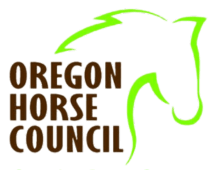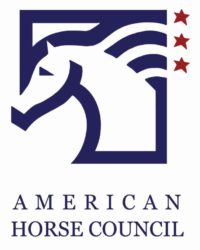As many of you know the AHC offices are located at 1616 H St. NW in downtown Washington. If you’ve heard this street address frequently on the news of late, it’s because we’re 1 block from Lafayette Square, Black Lives Matter Plaza and the White House- meaning we’ve had a front row seat to the recent civil unrest, and conversations on diversity and inclusion.
This has prompted us to add a panel discussion and town hall forum to our October virtual conference to explore how our industry can take steps to more fully embrace diversity and inclusion. To this end I have invited 3 industry leaders to share their story in this issue of our newsletter to stimulate dialogue and illustrate various perspectives. We hope you’ll join us in October!
Diversity in Racing: Jason Wilson
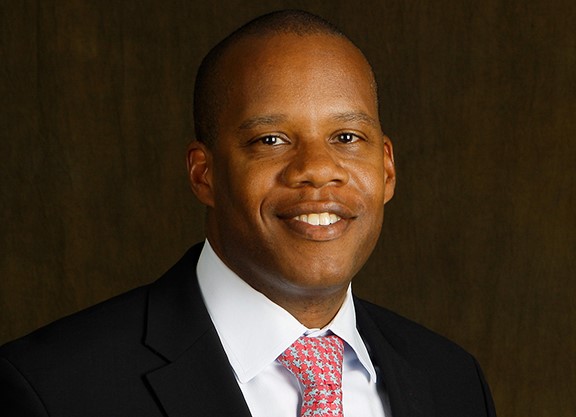 As many people in the United States and around the world question their personal views on diversity and racial inclusion, we decided to look inwardly on our industry, and we found it wanting. So we asked a tough question to several industry members- How do we make racing at its highest level more diverse?
As many people in the United States and around the world question their personal views on diversity and racial inclusion, we decided to look inwardly on our industry, and we found it wanting. So we asked a tough question to several industry members- How do we make racing at its highest level more diverse?
I am keenly aware that I am the only African-American in the executive ranks of horse racing. I used to joke that Equibase’s advertising meeting was the most diverse meeting in racing (only one of seven members is a white male). Sadly, any meeting I am in is probably the most diverse meeting in horse racing.
There is more to say on this topic than can be printed in one issue of the TDN. Diversity encompasses a broad range of activities. It includes hiring, employee development, corporate culture, and those with whom we do business (fans, owners, and vendors). I will focus my comments on hiring.
The starting point should be to ask why we want to encourage diversity. There are a whole host of reasons, but I will mention the one that should appeal to everyone: Diverse companies are more profitable. McKinsey & Company has studied the performance of diverse companies three times over the past five years, and each time reinforced the hypothesis that diverse companies greatly outperform non-diverse companies, and the greater the representation, the higher the likelihood of outperformance. Moreover, in each of the three studies, the likelihood of outperformance continues to be higher for diversity in ethnicity than in gender. The diversity winners are adopting systematic, business-led approaches to diversity and inclusion, and the results are 36% greater profitability for those that are ethnically diverse and 25% for those that are gender diverse. (Full results of the study here).
Companies need to have a commitment to diversity and meaningful accountability. Early in my career, I was in-house counsel at a growing tech company in Silicon Valley. I raised my hand to chair a diversity task force to increase diversity at the company. After several months of work, the consultant that we hired to help us sat me down and said, “Listen, everybody here means well, but I do not sense that there is an organizational commitment to diversity. Until this becomes the fabric of key performance indicators, performance reviews, and compensation structures, very little will change.” So it requires more than good intentions. It requires the same rigor that we bring to the rest of our business.
Next, we need to look at our hiring practices. I have often heard that we need to hire somebody with racing or horse experience for any given role. That reduces the available talent pool and is a built-in impediment to any diversity. I can point to a handful of people who I work with that came to the sport without any industry experience and have flourished. Rather than recruit primarily from our networks, look to establish alternative pipelines for talent: create scholarships and recruit at historically black colleges and universities and establish internships to give a range of younger people exposure to racing. Equibase and other companies affiliated with The Jockey Club are looking at these strategies.
Honest conversations about diversity are uncomfortable. An incredibly talented and successful college classmate of mine, Mellody Hobson, gave a TED talk on this topic. I encourage anyone interested in the future of the sport to watch it. I also encourage anyone who is interested in speaking about this topic to reach out to me at jwilson@equibase.com.
Permission to reprint granted by Thoroughbred Daily News
Have Equestrian Sports Been Inclusive?
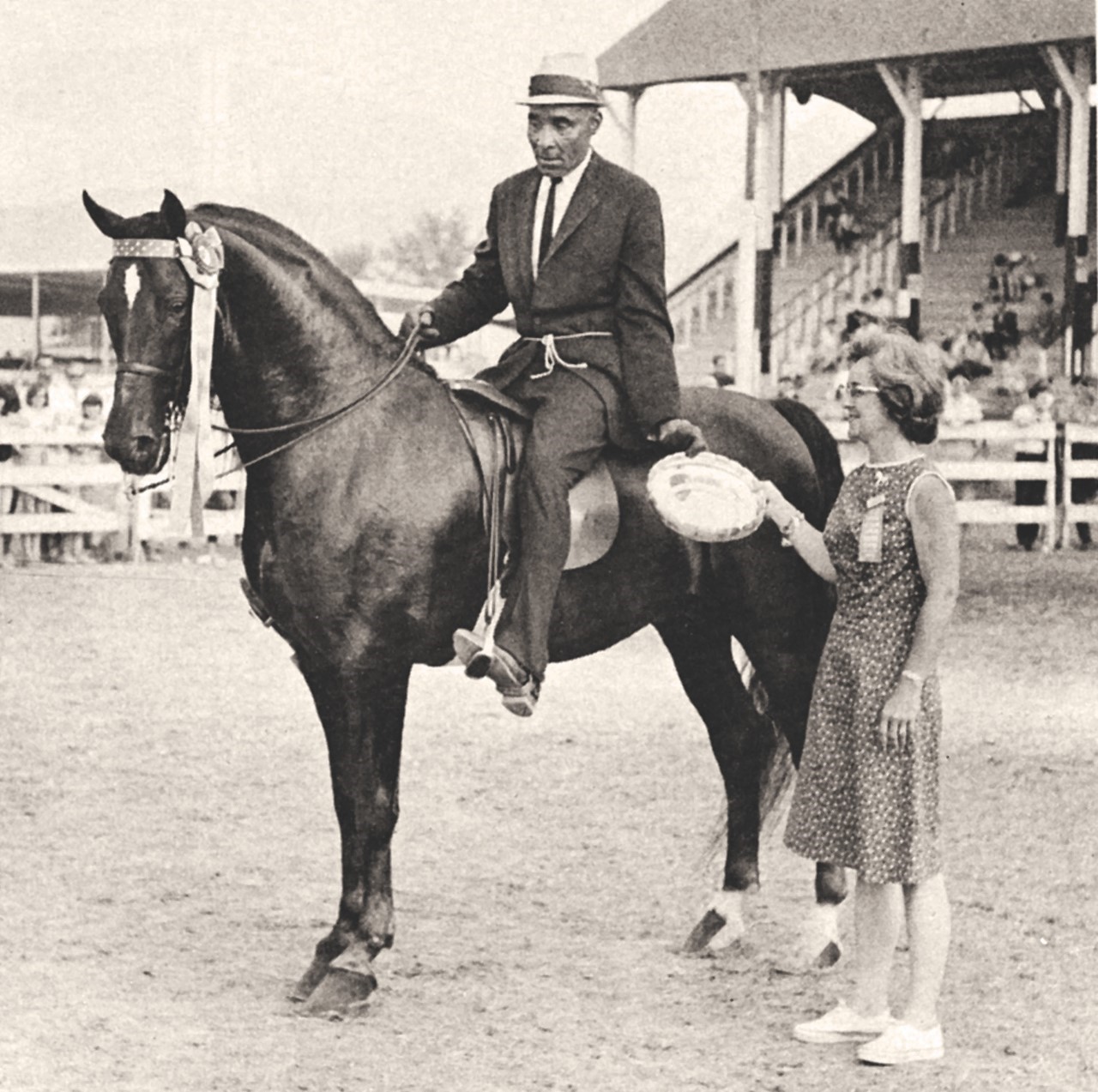 Denny Emerson is one of the most read equestrians on Facebook. His Tamarack Hill Farm page, with sometimes provocative posts, has more than 90,000 followers.
Denny Emerson is one of the most read equestrians on Facebook. His Tamarack Hill Farm page, with sometimes provocative posts, has more than 90,000 followers.
On June 4, as America was in the grips of a crisis of conscience over racial division, Emerson made the following remark: “English horse sports are about as racially un-diverse as it is possible to find.”
One of the many responses came from Jerome Parker, an equine professional who is also the grandson of the pioneering black horse trainer, Joe Parker. He stated, “The Morgan and Arabian breeds were progressive by allowing my grandfather, dad, and uncles to compete at the highest level. There were many obstacles for them and I’m sure they had their share of closed doors but they pushed through to leave one hell of a legacy.”
In 1984 I was scheduled to interview Joe Parker’s son, Bill, for what should have been a promotional article. However, the week before our appointment, Bill’s father passed away in his early 60s and the interview became about a different subject.
Early in life, Joe Parker had indeed been employed as a horse trainer. Like other black horsemen at the time, he could break colts, but he was barred from showing them. When he moved his family north to New York state in the late 1950s, eventually starting Joe Parker Stables, he was invited to come look at an unbroke youngster standing in a cattle stall. Joe sent his sons, claiming he “didn’t know much about these Morgans.” The horse was Bay State Gallant, among the first Morgan horses to be shown to frequent glory by Joe Parker Stables. Bill explained, “The Morgan breed was ahead of other breeds in terms of liberalization…What other breed could say they have black [trained] world champions?”
The Parkers weren’t alone. In Ohio Tom Butler was credited with showing many, including the great Morgan mare Black River Circe. In Vermont Mrs. Antoinette Kelley entrusted Ed Williams to train some of the best Morgan stock of the day. Hall Of Fame trainer Mike Goebig credits learning to use a curb bit to watching black horseman Sullivan Davis. The achievements and influence of these men are still talked about decades later.
Recently, I interviewed today’s generation of horsemen of color in the Morgan community. The young trainer Ryne Swope says he has experienced assumptions rather than limitations—”individuals assuming I wasn’t at the horse show to show or ride.” Percy McDaniel notes the horse show world does not have a “Human Resources Department,” so dealing with issues related to race remains complicated.
There is a 1972 documentary on Black Rodeos and today Cowboys Of Color Rodeos have their own Facebook page. The Compton Cowboys work to enrich young people in their community through horseback opportunities. They’ve been riding their horses in the recent protests. But there is obvious evidence for a lack of inclusiveness across equestrian sports—nationally and internationally and across most disciplines—mentioned by Denny Emerson. In his Facebook remarks, he went on to assert the need to “do away with the stereotype that riding is for whites only…by examining why we have perpetuated it to begin with.”
We can never fully know the culture that existed in the Morgan horse show community decades ago. Did the parties involved think they were being progressive? Could it really be as simple as good horsemanship being rewarded? History assures us advancement wasn’t without its obstacles. However, that a model of inclusiveness was and can be established is worthy of perpetuation across our industry. Jim Fisher says of his “Grandpa” Joe Parker, “His generation did the work… I walked into the arms they opened for me.”
Stephen Kinney is the Editorial Director of The Morgan Horse magazine.
Photo: Joe Parker showing iconic Morgan stallion Chasley Superman in 1967
A Special Communication From PATH Intl.
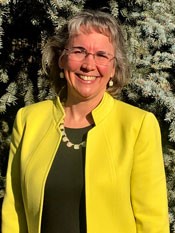 The course of events over the past few weeks has been extraordinarily painful, for our country, our community and for us personally. The killing of George Floyd and other violence against African Americans at the hands of law enforcement has highlighted the systemic racism in our country. The disproportionate number of African Americans and Hispanics who have died from COVID19 highlights the economic and societal inequities that exist. The protests have shined a light on the need for each of us, as individuals and a community, to look hard at our industry and our own biases.
The course of events over the past few weeks has been extraordinarily painful, for our country, our community and for us personally. The killing of George Floyd and other violence against African Americans at the hands of law enforcement has highlighted the systemic racism in our country. The disproportionate number of African Americans and Hispanics who have died from COVID19 highlights the economic and societal inequities that exist. The protests have shined a light on the need for each of us, as individuals and a community, to look hard at our industry and our own biases.
PATH Intl. is against any type of violence. We oppose racism. We support equal justice for all. We admire and stand with the millions of peaceful protestors demanding needed change.
We believe equity, inclusion and diversity are fundamental to the life-changing work of equine-assisted activities and therapies (EAAT). We recognize that all of you offer services to people of diverse needs, which is an integral part of who you are and what you do. We know your focus has always been to assist people in living their best life.
We know centers are starting the reopening process and that it takes a lot of time and focus. You want to make sure you are keeping your community of staff, volunteers and participants or clients safe while starting to offer the life-changing services your participants or clients count on. That is important work.
And we know now is the time for all of us to also recognize that we as individuals, professionals, centers and the PATH Intl. organization need to take this time to reflect and determine what more we can do to support the underserved of our country from a financial and health perspective. This includes African Americans, Hispanics and other minority groups.
Our first step is to gather data, to understand the demographics of PATH Intl. Members, Certified Professionals, center staffs, center volunteers and participants or clients. This will give us important information on where our focus should be, helping to answer the question, “Are we serving in the appropriate manner all ethnicities of this country?” The next step will be convening stakeholders and bringing disparate voices to the table for meaningful conversations. This workgroup, led by Ed Milford, PATH Intl. Board Treasurer, will be comprised primarily of members and other stakeholders of color to ensure they are driving the conversation and the recommendations for change. We will also ensure that various perspectives-small center, large center, new member, long-time member, participant and different credentialed professionals for example-will be represented.
We invite you, particularly our members of color, to reach out to Kathy if you would like to be a part of this process and help PATH Intl. and the EAAT industry put our belief in equity, inclusion and diversity into greater action. Please send messages to kalm@pathintl.org.
Please stay healthy and safe and take care.
Path Intl. CEO Kathy Alm & President Susan Becklenberg

The AHC promotes and protects all horse breeds, disciplines and interests by communicating with Congress, federal agencies, the media and the industry itself every day.
